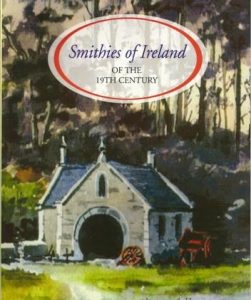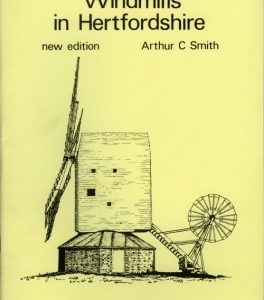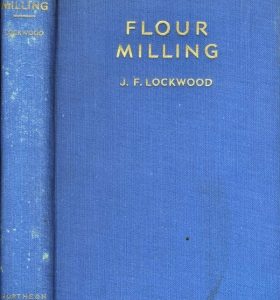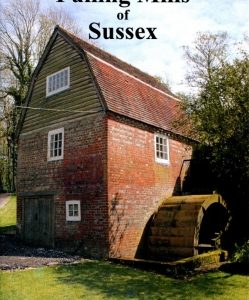The industrial archaeology of Northern Ireland
£54.00
Hard cover with dust jacket, 396pp., very heavy book, 28cm x 23cm. Over 580 photographs, many from the author’s camera and not previously published, and in additions some 200 text illustrations (maps, charts, diagrams, woodcuts, lithographs, engravings, etc.).
The industrial archaeology of Northern Ireland is a major study of aspects of the history and landscape of that part of the island most deeply influenced by the remarkable expansion of manufacturing industry and associated commercial activity which occurred elsewhere during the 18th and 19th centuries and which is often referred to as the ‘Industrial Revolution’.
Dr McCutcheon’s detailed research into the evolution and decline of transport and industry throws much new light on such matters as the mechanics of early road and bridge construction and the nature of road traffic services in the coaching era; the growth of a radial canal system centered on Lough Neagh; the development and decline of the extensive system of Irish standard and narrow gauge railways and tramways; the evolving technology of a wide range of wind and watermills, and the distinctive and unusual internal mechanical arrangements catering for such processes as corn grinding, flax scutching, spade forging, linen beetling, tuck milling and paper making; the development and characteristics of the most fundamental of all Ulster industries – flax and linen; and the extraction of ores and minerals from many areas of the province, with the resulting scarring of the Ulster countryside. The book concludes with an analysis of recent developments in the field of conservation and preservation aimed at ensuring that a representative selection of the area’s industrial heritage is secured for posterity.
Out of stock






